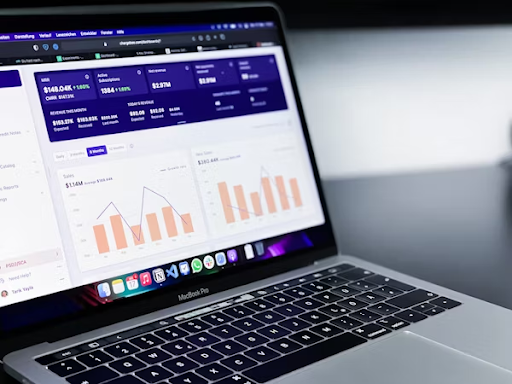A fast-loading WordPress website is not just a technical asset; it’s essential for delivering a smooth, engaging experience to users. In the competitive digital space, even a one-second delay in loading time can result in reduced conversions, higher bounce rates, and poor search rankings. At Overdrive Digital Marketing, we believe that website speed is directly tied to your business’s success. Below, we explore ten highly effective ways to boost your WordPress website’s speed.
1. Choose a Lightweight Theme
One of the quickest wins for speeding up a WordPress site is to use a lightweight, optimized theme. Themes overloaded with features, sliders, animations, and complex code may look visually appealing, but significantly slow down performance.
Recommended Action:
- Select minimalist themes like GeneratePress, Astra, or Neve.
- Avoid themes that rely heavily on third-party plugins for basic functionality.
2. Optimize Images Without Sacrificing Quality
Images are often the biggest contributors to page weight. Uploading large, uncompressed images can drastically increase load times.
Optimization Tips:
- Compress images using tools like TinyPNG or ShortPixel.
- Use the correct format: JPEG for photos, PNG for graphics, and WebP for advanced compression.
- Always define image dimensions in HTML or CSS to avoid layout shifts.
3. Use a Caching Plugin
Caching reduces the load on your server by storing a static version of your site and serving it to users.
Top Caching Plugins:
- WP Rocket (premium but very effective)
- W3 Total Cache
- LiteSpeed Cache
These plugins offer advanced features like browser caching, GZIP compression, and database optimization that significantly improve performance.
4. Minify CSS, JavaScript, and HTML
Minifying removes unnecessary characters from code (like spaces and line breaks), making files smaller and faster to load.
Use These Tools:
- Autoptimize
- Fast Velocity Minify
- Enable minification in caching plugins like WP Rocket.
Note: Always test after minification to ensure it doesn’t break your site’s layout or functionality.
5. Choose a High-Performance Hosting Provider
Web hosting is the backbone of your website’s speed. Cheap shared hosting plans may save money, but cost you in terms of performance and reliability.
What to Look for:
- SSD storage
- Server-side caching
- Good uptime and customer support
We recommend Managed WordPress hosting from providers like SiteGround, Kinsta, or Cloudways for the best results.
6. Use a Content Delivery Network (CDN)
A CDN stores your website content across global servers, so users are served from the server closest to their physical location.
Popular CDNs:
- Cloudflare
- StackPath
- KeyCDN
A CDN not only improves speed but also adds an extra layer of security and reduces server load.
7. Clean Up Your WordPress Database
Over time, your WordPress database collects post revisions, spam comments, trashed posts, and transient options, which slow down your website.
Optimize Regularly Using:
- WP-Optimize
- Advanced Database Cleaner
Schedule regular cleanups to keep your database lean and your site performing at its best.
8. Disable or Limit Plugins
Each plugin you install adds overhead to your website. Too many active plugins can cause conflicts and increase load times.
Best Practices:
- Remove plugins you don’t use.
- Replace heavy plugins with lightweight alternatives.
- Avoid multiple plugins that do the same job.
Work with professionals like Overdrive Digital Marketing to evaluate and streamline your plugin usage effectively.
9. Enable Lazy Loading for Images and Videos
Lazy loading ensures that images and videos are only loaded when they are about to enter the user’s viewport. This reduces the initial load time significantly.
How to Enable:
- Use built-in WordPress lazy loading (enabled by default in recent versions).
- For advanced control, use plugins like a3 Lazy Load or Smush.
Lazy loading is especially useful for long blog posts or image-heavy pages.
10. Keep Everything Updated
Outdated themes, plugins, or WordPress versions can create performance issues and security vulnerabilities.
What to Keep Updated:
- WordPress core
- Themes
- Plugins
- PHP version (ideally PHP 8.0 or higher)
Before updating, always back up your site to avoid potential data loss.
Bonus Tip: Use Performance Testing Tools Regularly
Even after applying all optimizations, it’s important to track performance regularly.
Use These Tools:
- Google PageSpeed Insights
- GTmetrix
- Pingdom
These tools offer detailed recommendations to fine-tune your WordPress site’s speed further.
Conclusion
Speed matters in today’s digital world. A fast-loading WordPress site doesn’t just offer a better experience for visitors—it improves search rankings, increases engagement, and drives more conversions. The techniques we’ve discussed above are proven, practical, and essential for website owners who care about performance.


